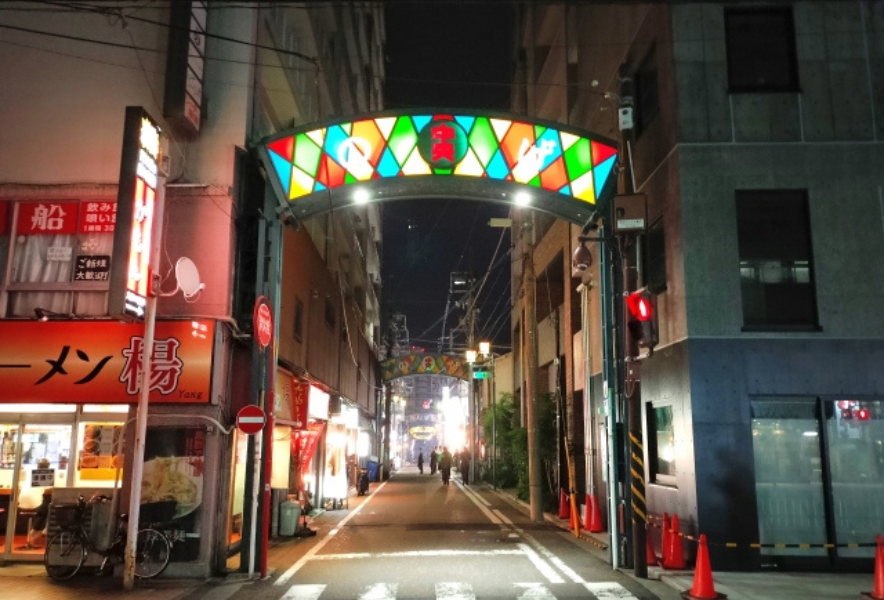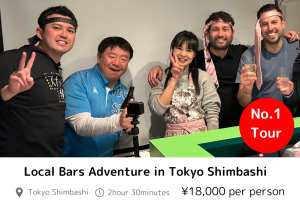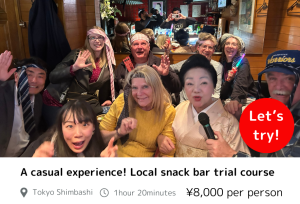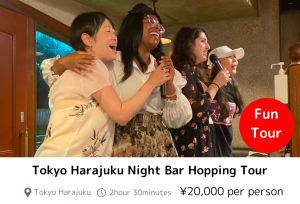The “Yokohama/Noge area” has been increasingly featured in the media in recent years. Many people introduce it on platforms like YouTube, and it has now become a popular tourist destination. This article takes a fresh look at the appeal of “Noge.”
Contents
The Origins of Noge
A Downtown Culture Born Behind the Port Town of Yokohama
The Noge area, located in Naka Ward, Yokohama City, is a downtown area brimming with old-fashioned charm, situated right behind the Minato Mirai district and Sakuragicho Station. Noge’s history is deeply intertwined with the opening of the Port of Yokohama in 1859. While the port and foreign settlements and commercial areas flourished, Noge developed as a place for the laborers and merchants who supported this growth. In the early Showa period (1926-1989), it thrived as a bustling entertainment district known as “Noge Miyako,” lined with theaters, vaudeville halls, and restaurants. After World War II, remnants of the black market contributed to a diverse and human atmosphere, and Noge became known to the citizens as Yokohama’s “back alley.”
Inheriting the Spirit of the Showa Era and Bar Culture
When you think of Noge, the “bar culture” is undoubtedly essential. The standing bars, long-established izakayas (Japanese pubs), yakitori (grilled chicken) restaurants, and snack bars that line the backstreets still retain a strong sense of the Showa era. A drink while chatting with the owner over the counter, the friendly interactions between regulars, and the nostalgic glow of red lanterns – these are the unchanging charms of Noge, even amidst urban redevelopment. Some establishments have been around for over 60 years, and it’s not uncommon to find regular customers who have been coming for three generations. In recent years, this nostalgic atmosphere has captured the hearts of young people and tourists, attracting a new demographic to Noge’s bar culture. Furthermore, with high inbound tourism demand, the area is bustling with visitors every day.
A Breath of Fresh Air: The Fusion of Young Owners and Culture
On the other hand, new trends are steadily taking root in Noge. A diverse range of establishments are opening one after another, including craft beer specialty bars, bistros, cafe-bars hosting music events, and even spaces with attached art galleries. Young owners and creators are skillfully leveraging Noge’s unique, eclectic atmosphere while bringing in new culture. Many shops are renovated old buildings, creating popular spaces where Noge’s retro feel and modern sensibilities are exquisitely fused. This movement can be seen not just as gentrification for tourism, but as an expression of the will to reconstruct Noge as a “living town.”
A Crossroads Where Locals and Tourists Meet
Due to its location adjacent to Sakuragicho Station and the Minato Mirai 21 district, Noge serves both as a “living area for locals” and a “stopover spot for tourists.” On weekends, many tourists from outside the prefecture and international visitors come to Noge, which is increasingly featured in guidebooks and on social media as a place to experience “deep Yokohama.” Meanwhile, on weekday afternoons, you can find elderly regulars playing shogi (Japanese chess) in coffee shops, and families enjoying themselves at Nogeyama Zoo. This mix of generations and cultures is a major characteristic of Noge and contributes to its comfortable atmosphere.
Conclusion: What Remains Unchanged Amidst Change
Noge is an area that continues to evolve with the times. Having been loved as an entertainment district and a town of bars since the opening of the port, Noge is now being infused with new life by the power of young people. However, no matter how times change, the “Noge-ness” – where people interact closely and small dramas unfold as an extension of daily life – is never lost. Here, a “third Yokohama” exists, neither purely for tourism nor entirely for everyday life. We encourage you to experience the coexistence of history and the present by walking the streets of Noge for yourself.
Experience a Japanese Snack-bar with a fun guide tour
After you enjoy the place, you can go to Snack Bars, beloved by many but you can’t enter without a guide. You can enjoy communication with the owner and other customers, as well as singing karaoke, allowing for a relaxing time.
Most snack bars have a policy of refusing entry to foreigners. However, with a tour, you’ll have a guide, so you can enter with peace of mind.
When visiting Japan, don’t just check off the tourist spots –
dive into local experiences for an unforgettable journey!
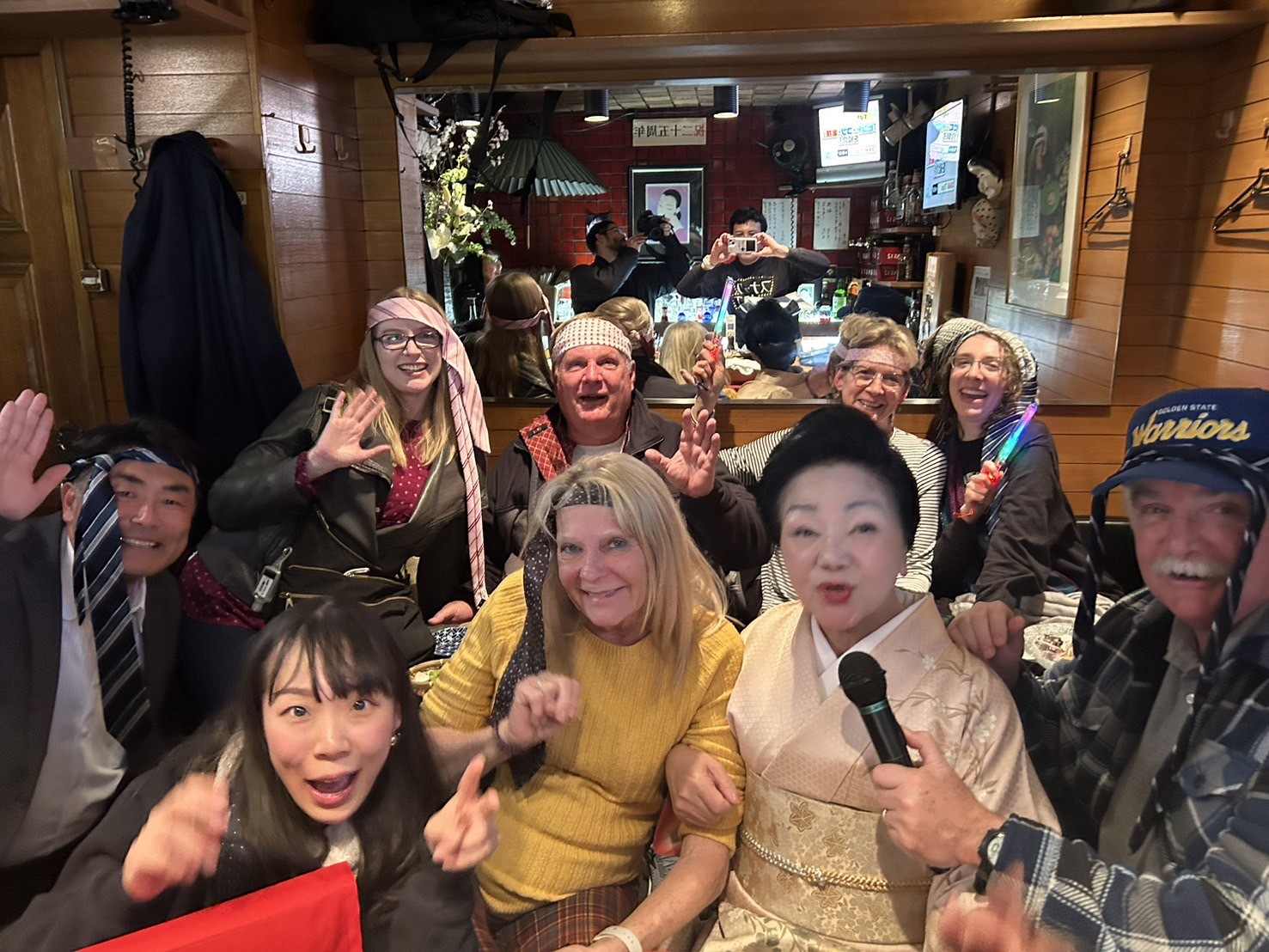
Once you experience it, you’ll be captivated too! The charm of snack bars.

New encounters with people! The camaraderie of singing at a snack bar! Conversations with the mama-san!

